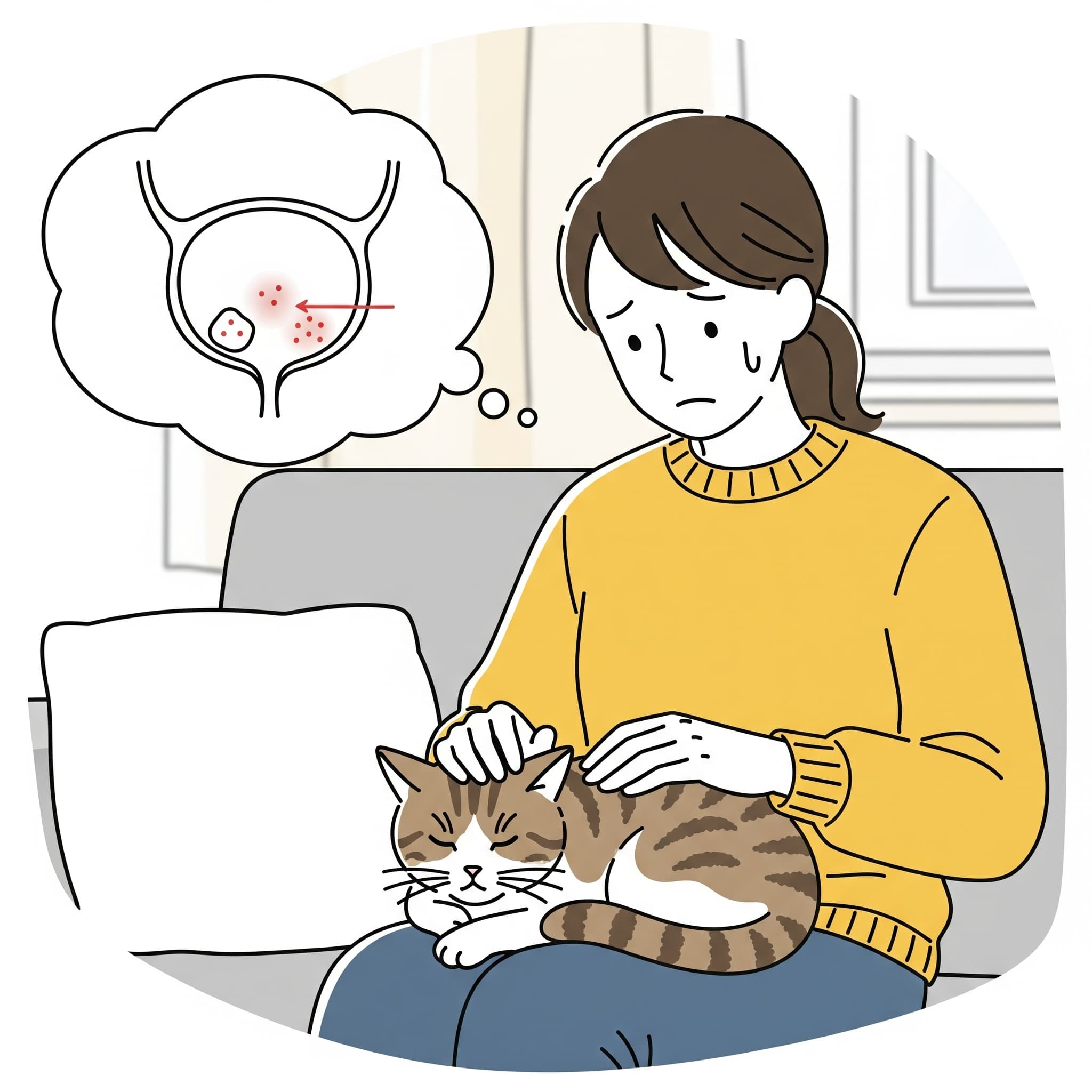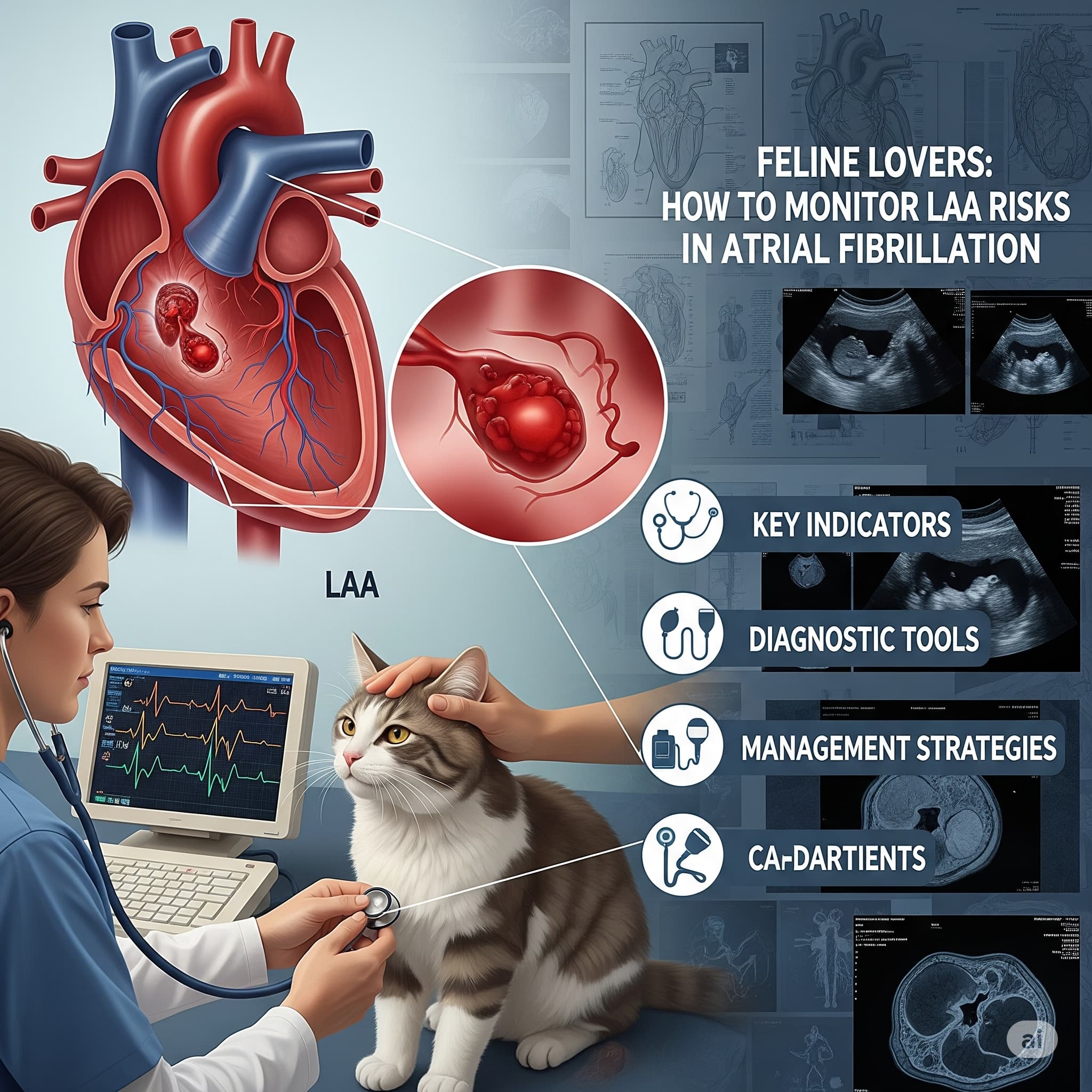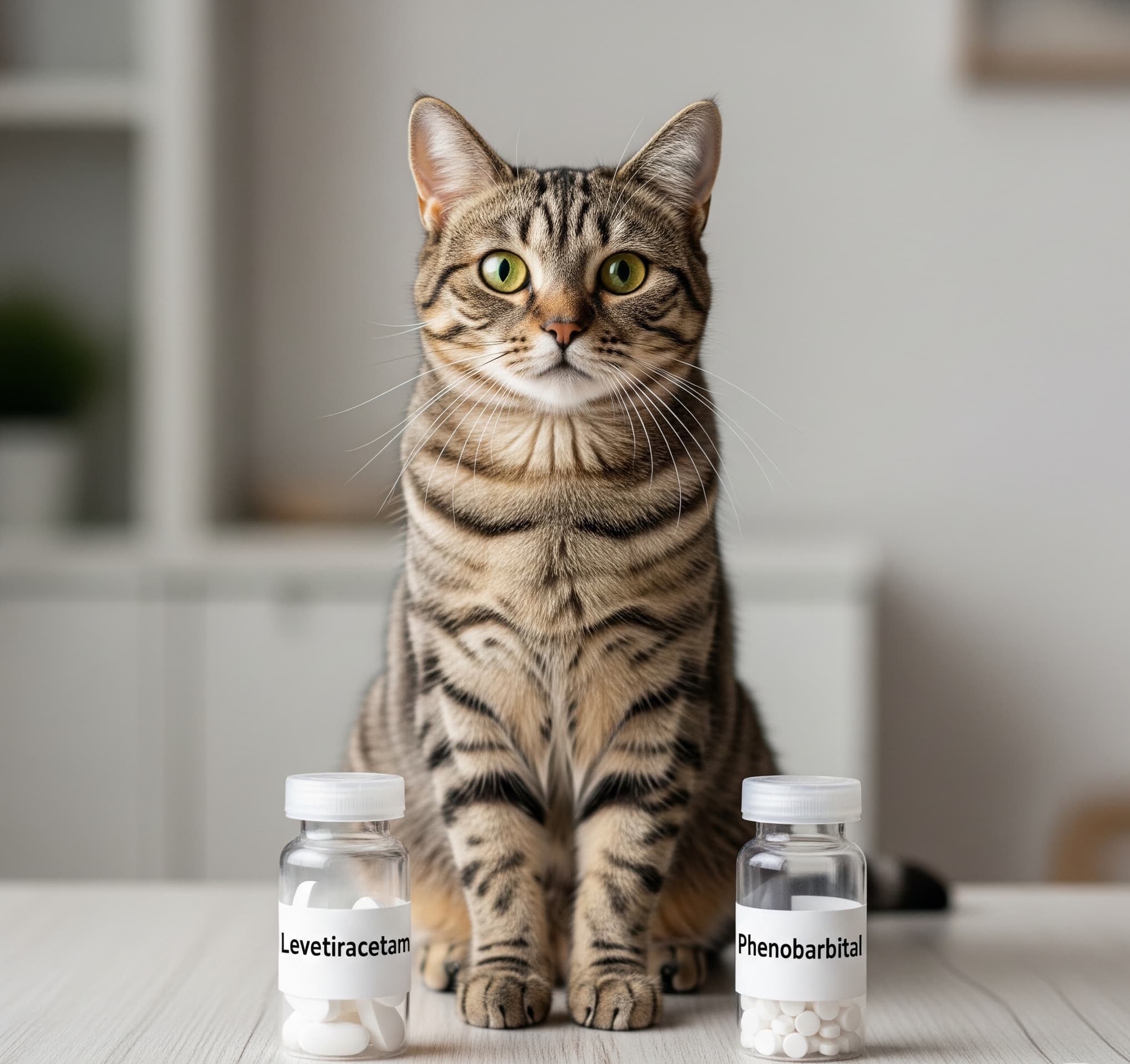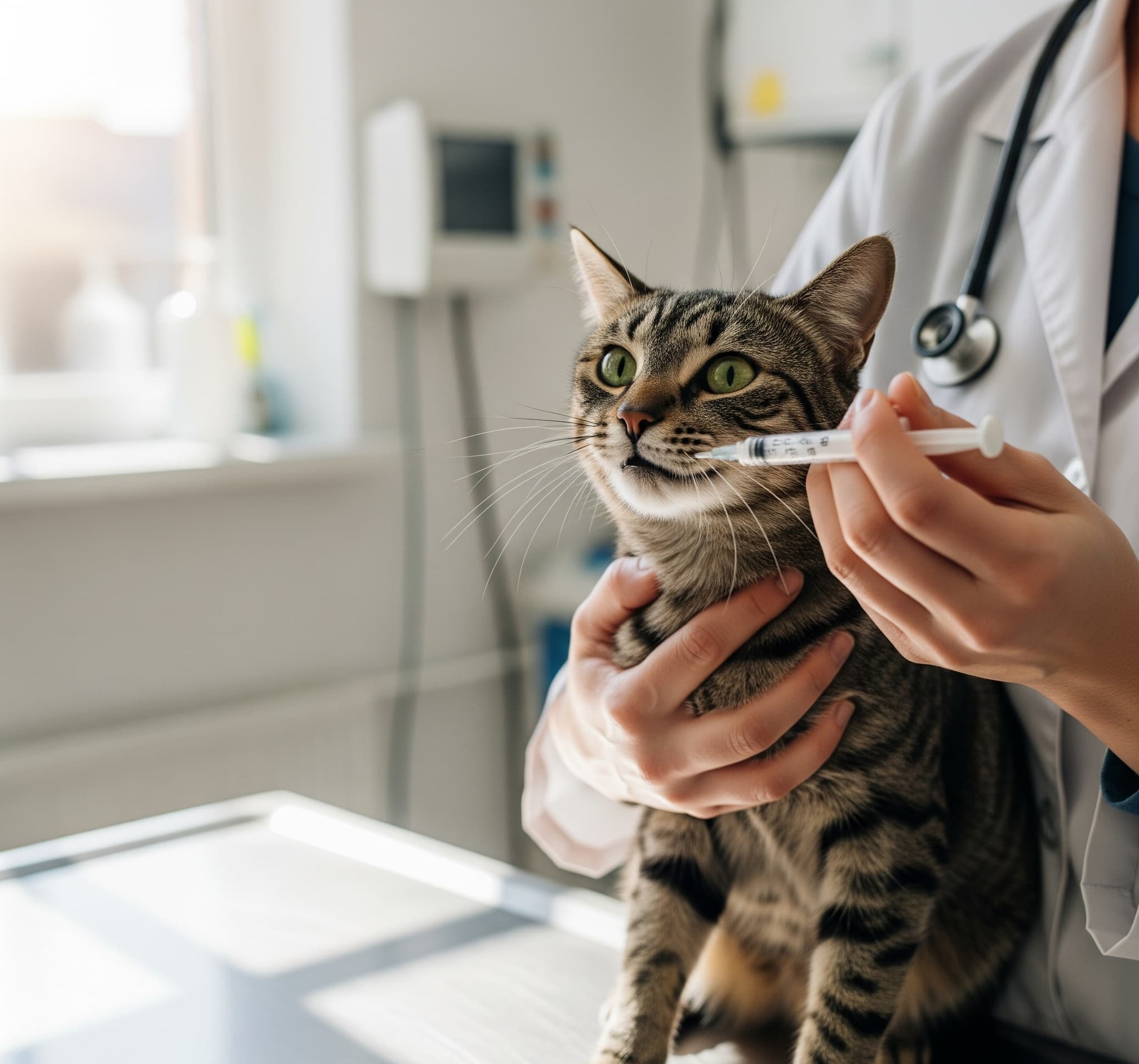For Cat Owners: Decode Neuroendocrine Secrets of Feline Idiopathic Cystitis
Do not miss exploring the neuroendocrine factors of feline idiopathic cystitis. Learn about the symptoms as well as the stress connections, and health care advice related to your cat. Read it now!
Introduction:
Observing your cat seeming to struggle with using the litter box, acting stressed to you are some signs to look out for. Feline idiopathic cystitis (FIC) is a condition and is more common than you would expect. It is a condition that many cats suffer from and cat owners are baffled about the underlying reason, it is associated with neuroendocrine pathways. It is essential to mention that the main aim of this guide is to help you understand FIC and explain the stress and neuroendocrine factors associated with it to help your cat. Let’s get started! Here is a preview of the contents:
- What Is Feline Idiopathic Cystitis?
- How Neuroendocrine Pathways Cause FIC
- Stress and Your Cat: The FIC Connection
- Spotting and Managing FIC Symptoms
- Top Tips for Supporting Your Cat’s Bladder Health
What Is Feline Idiopathic Cystitis?
As you would expect from the name the condition entails cystitis, that is, inflammation of the bladder in a cat with no clear underlying reason. It is more common to have infections and stones, and FIC is not that simple. Most veterinarians determine the diagnosis after ruling out other plausible issues, and that can be quite annoying for you. It is estimated that about 70% of cats with lower urinary tract symptoms are likely to have FIC.
Symptoms of the condition include pain, frequent urination, or even hematuria. The kicker? Neuroendocrine imbalances, particularly stress-related hormones, often drive the condition. Understanding this makes it easier to support your cat.
Want to see FIC in action? Check out this YouTube video for a urinalysis for cats.
How Neuroendocrine Pathways Cause FIC
So, neuroendocrine pathways are literally your cat’s stress and pain wires. The internal wiring has to deal with many factors like stress and pain, a move, or a new pet, the brain and nervous system will produce stress hormones such as cortisol. These neuroendocrine pathways are over-excited for cats with FIC, and the association with the brain, nerves, and bladder makes symptoms worse. With this information, now you know that you need to soothe your cat to deal with FIC flares.
Stress and Your Cat: The FIC Connection
Have you noticed your cat acting strange during certain changes around the house? Stress is one of the biggest triggers of FIC. There are many stressors: loud noises, new people, or even a dirty litter box. All of these can increase stress levels in your cat. These stress hormones are also part of the neuroendocrine system, and it interferes with how the bladder works. Stress is not just a mental thing for cats. Physically, stress impacts the body. For instance, cats in multi-pet households are more socially stressed, and a 2023 study found these cats also had increased FIC. Having a calm environment with gentle routines and cozy hiding spots is crucial. Your cat will appreciate it.
Spotting and Managing FIC Symptoms
Early detection and FIC diagnosis can save your cat immense suffering. Watch for symptoms such as straining, infrequent scant trips to the litter box, and cat vocalization while urinating. Also, is there blood in the urine? Since the unconsciously-controlled neuroendocrine system is part of the problem, mitigation of stress is a part of treatment. Collaborate with your veterinarian for required pain, anxiety, or anti-depression medication to help. At home, keep the litter box in a quiet area and ensure it is kept clean. Monitor and manage anxiety with a puzzle feeder. Have stress- or anxiety-related flare-ups? Regular vet check-ups can help. Stressed kitties can have, but not limited to, anxiety or behavioral issues.
For a visual guide, This YouTube video demonstrates urinary health issues in cats.
Top Five Ways to Help Maintain Your Cat’s Bladder Health
Want to keep your cat’s bladder and urinary tract in peak health? Here are five practical tips to help:
- Offer quiet rooms: Safe, quiet, high-off-the-ground spaces help cats keep anxiety at bay.
- Provide water fountains or wet food: Ensures cats are drinking adequate water.
- Maintain litter box hygiene: One box for each cat plus another box as an extra, cleaned each day.
- Consult your veterinarian for diet: Ask about urinary diet food to ensure it is cat friendly.
- Interactive toys encourage stress relief while enhancing mood.
These additional measures focus on neuroendocrine triggers while also improving general well-being. It’s like giving your cat a spa day! A relaxing cat-calming routine can be learned through this video.
Frequently Asked Questions (FAQ)
Can FIC Be Cured Completely?
It can FIC can be managed, but often not unilaterally fully curable. Neuroendocrine factors mean flare-ups can happen, especially during stress. Having a balanced environment, providing regular calm care helps reduce episodes.
How Do I Know If It’s FIC or Something Else?
To rule out infections or stones, vets will use tests, such as urine analysis. In cases where no cause is found, FIC is a strong possibility. Please, do not bypass your vet for diagnosis.
Conclusion
Feline idiopathic cystitis is a very complex disease, but grasping the neuroendocrine aspects of it helps to help your cat. Stress reduction, symptom vigilance, and routine veterinarian’s visits allow for a comfortable feline. Cozy cat furniture and tidy, accessible litter boxes are small but significant adjustments. Eager to be your kitty’s champion? Use one suggestion from this guide to get the ball rolling. Comment below or subscribe to for more pet care insights. Let’s keep those kitties purring!




Post Comment